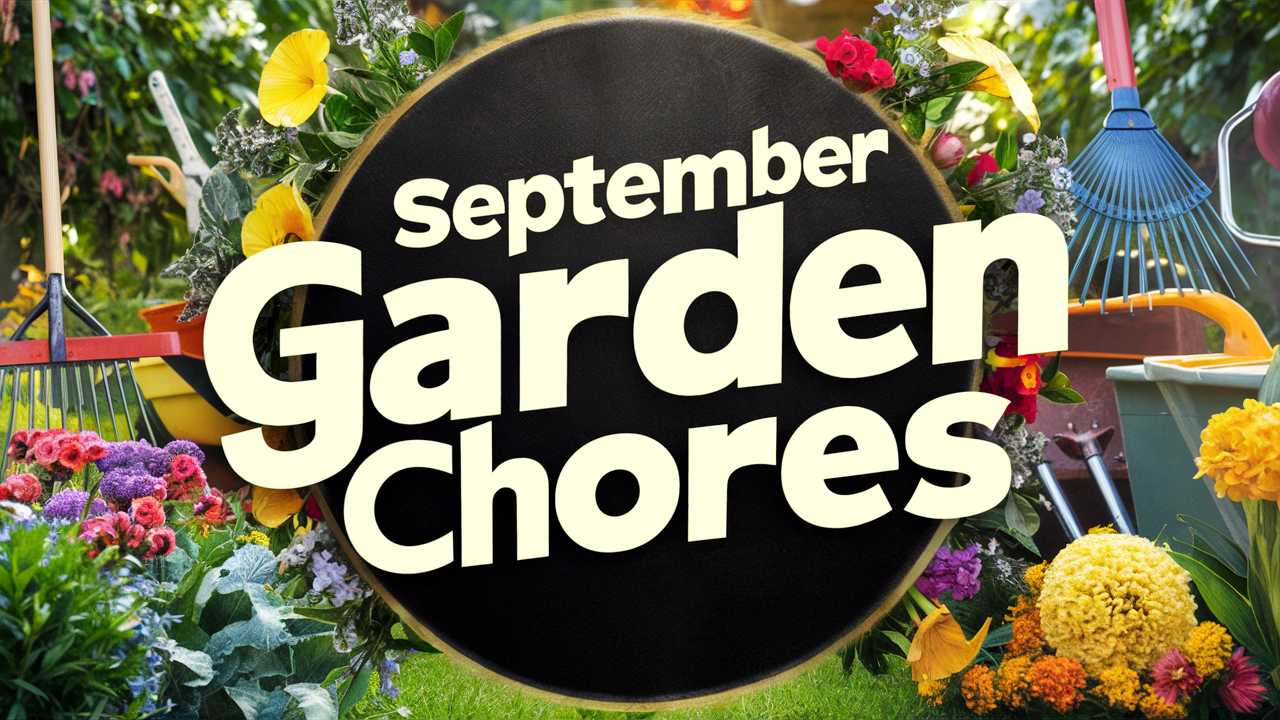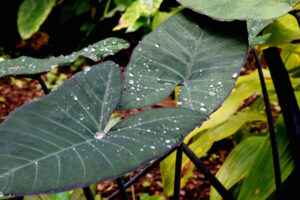As the sweltering days of summer fade away and the first hints of autumn emerge, September offers a unique opportunity for gardeners to prepare their green spaces for the changing seasons.
This month is a critical time for planning, planting, and tending to your garden. Whether you are a seasoned gardener or a curious novice, September’s garden chores are essential for ensuring a vibrant and bountiful garden in the months to come.
Assessing Your Garden’s Health
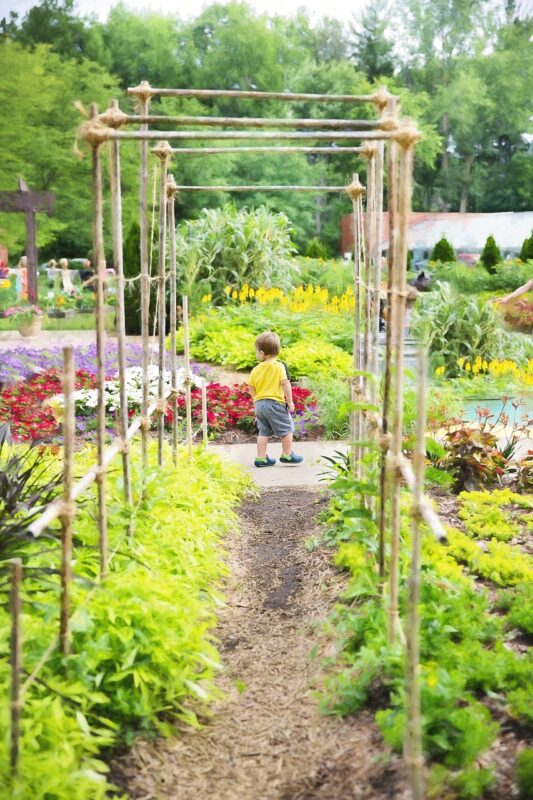
September is a time for reflection and assessment. With summer crops coming to an end, it’s crucial to evaluate the overall health of your garden. Walk through your patch of earth, and take a moment to inspect your plants. Note any signs of stress, disease, or pest problems. Are some plants thriving while others struggle? Identifying trouble spots now will save you time and effort in the long run.
Key Assessment Areas:
Pest Inspection: Look under leaves and around the base of plants. Aphids, spider mites, and caterpillars may still be lurking, ready to take advantage of any weaknesses.
Disease Check: Be on the lookout for any signs of mildew, rot, or discoloration. Early intervention can prevent further issues.
Soil Quality: Assess the condition of your soil. Is it compacted, dry, or lacking nutrients? These elements are vital for the upcoming growing season.
Making a detailed note of your findings will provide a foundation for your September tasks and guide your strategies moving into fall.
Garden Cleanup

With summer’s growth winding down, September provides an opportune time for garden cleanup. This chore may seem overwhelming, but it’s essential for maintaining a healthy garden environment. Start by removing debris such as fallen leaves, spent plants, and weeds that have taken advantage of the summer rainfall.
What to Remove:
Spent Vegetable Plants: Pull up any remaining summer crops, especially those that may harbor pests or diseases, like tomatoes and peppers.
Weeds: Tackle the early weeds before they go to seed and spread throughout your garden.
Mulch: Replenish or replace mulch around your plants which can help retain moisture and suppress new weed growth.
This cleanup is more than just aesthetic; it helps to reduce the risk of diseases and pests as you transition into fall.
Planting for Fall and Winter
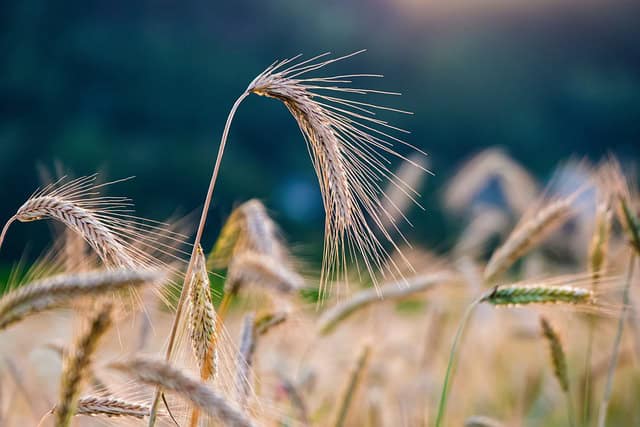
September is not merely about cleaning; it’s also an exciting time to think about planting. Many gardeners overlook the potential of fall planting, but it can lead to a fruitful spring. Some plants thrive in cooler temperatures and will establish strong roots before the winter chill sets in.
Great Plants to Consider:
Cover Crops: These are fantastic for improving soil health. Planting clover, rye, or vetch in fall can prevent erosion and enhance soil fertility.
Garlic and Onions: Both can be planted in late September for a harvest the following summer. They thrive when planted in the fall, getting a head start as the soil warms up in spring.
Perennials: If you have been eyeing those colorful perennials, now is the time to plant them. Their roots will settle in nicely and prepare for a robust bloom season the following year.
Consider using a planting calendar to ensure timely sowing and optimal growth conditions.
Dividing Perennials

If your garden has established perennials, September is the perfect time to divide them. This chore not only rejuvenates your plants but also encourages new growth and fills out your garden beautifully.
How to Divide Perennials:
Choose the Right Time: Wait until the plants have finished blooming but before frost hits.
Dig Carefully: Use a spade or garden fork to gently lift the clumps, taking care not to damage the roots.
Replant Promptly: Replant the divisions immediately to minimize root disturbance. Space them appropriately based on the specific needs of each plant.
Dividing plants can seem daunting, but it rewards you with healthier plants and the possibility of new blooms in unexpected spots around your garden.
Fertilizing and Feeding

As summer’s bounty is harvested, your garden still craves nourishment. September is an ideal time to add organic matter and fertilizers that can boost soil health as you prepare for winter.
Best Practices for Fertilizing:
Use Compost: Spread a layer of homemade or store-bought compost across your garden beds. This enriches the soil while improving its texture and structure.
Organic Fertilizers: Fish emulsion, bone meal, or alfalfa meal are great sources of essential nutrients.
Timing: Aim to fertilize before the first frost, allowing nutrients to be absorbed before the ground freezes.
Improving your soil’s health will pay dividends when spring arrives and you begin planting your next crops.
Watering and Irrigation Adjustment
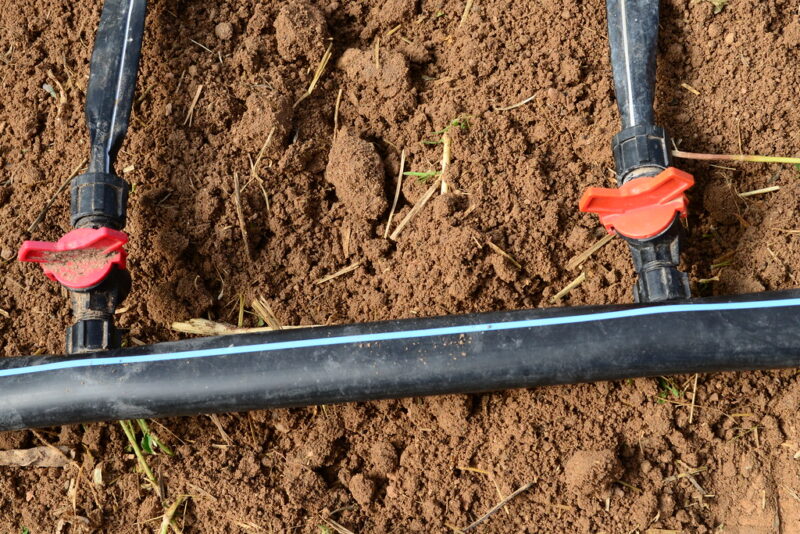
As temperatures begin to cool, adjusting your watering routine becomes crucial. While summer’s heat may have required daily watering, September’s cooler weather often means your plants need less frequent hydration.
Watering Tips:
Monitor Moisture Levels: Stick your finger about an inch into the soil to gauge moisture before watering.
Irrigation Systems: If you have irrigation installed, consider adjusting the timers to cater to the changing weather.
Be mindful of your plants’ needs and tailor your watering regimen to ensure they receive the right amount of moisture as they prepare for winter.
Bulb Planting for Spring Blooms
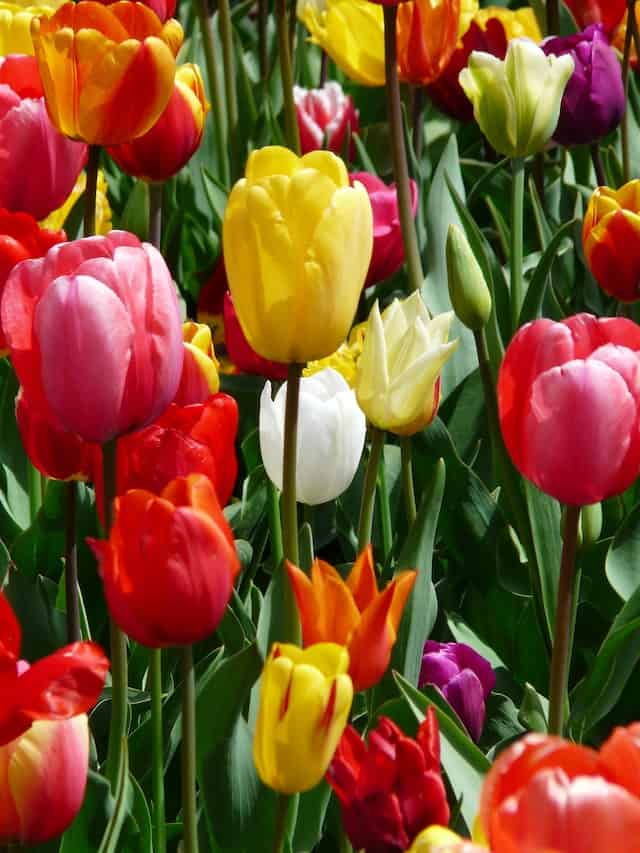
As the vibrant colors of autumn begin to emerge, gardeners should think about future blooms. Planting bulbs in September sets the stage for a spectacular spring garden.
Ideal Bulbs to Plant:
Tulips: These traditional favorites require a chilling period and should be planted in late September.
Daffodils: Known for their hardiness, daffodils are easy to grow and add bright yellow hues to your garden.
Hyacinths: If you’d like to add fragrance, hyacinths are a perfect choice as they bloom early in the spring.
Planting these bulbs requires digging holes to the appropriate depth and spacing them adequately to prevent overcrowding. The thought of spring blooms will inspire and motivate you through the coming winter months.
Preparing Tools for Winter Storage
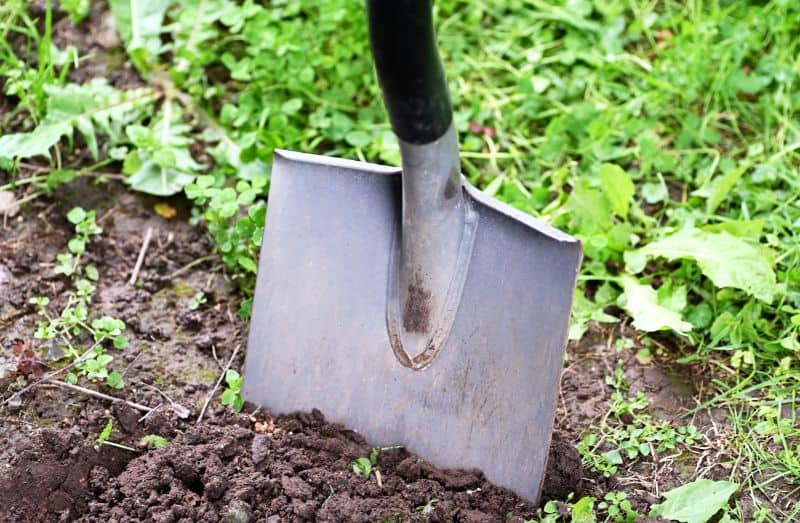
Just as your garden needs attention, so too do your gardening tools. September is the perfect time to conduct a maintenance check, ensuring your tools are ready for action when spring rolls around again.
Maintenance Steps:
Clean: Remove dirt, sap, and plant residue using warm soapy water and a brush. For heavier buildup, you may want to use a putty knife to scrape hard-to-remove debris.
Sharpen: Take the time to sharpen your blades and tools. Dull tools can damage plants and require more effort.
Store Properly: Once your tools are clean and sharp, store them in a dry area. Hanging tools on a wall or placing them in a dedicated shed keeps them organized and in good condition.
By giving your tools the attention they deserve, you’ll ensure they’re ready to tackle whatever gardening tasks await you next season.
Planning Next Year’s Garden Layout
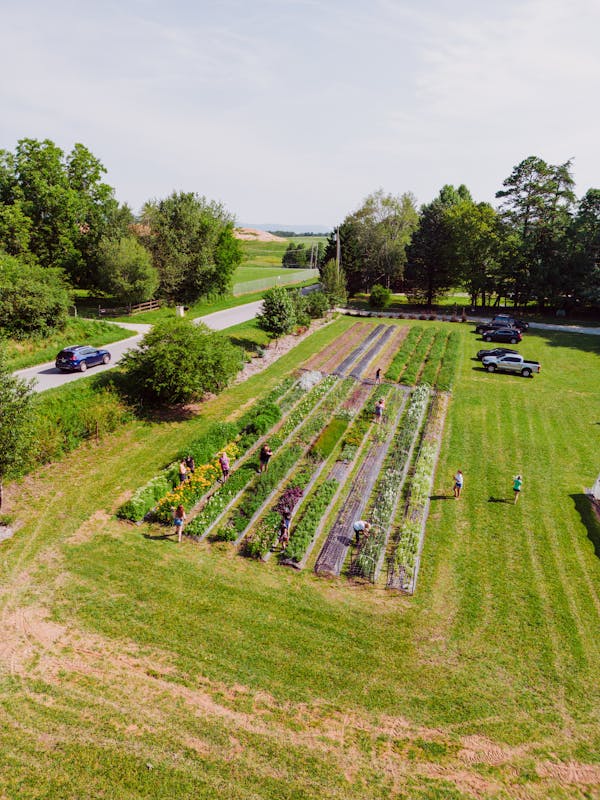
As September brings a close to the growing season, it’s also a time for dreaming and planning. Use this opportunity to thoughtfully lay out next year’s garden, considering what worked well and what could be improved.
Planning Tips:
Rotate Crops: Think about implementing crop rotation to avoid depleting soil nutrients and to prevent disease. Practice shifting crops around based on their nutrient needs.
Companion Planting: Research which plants flourish together. This can maximize your garden’s potential and minimize pest issues.
Succession Planting: Consider how you can extend the growing season by planning for staggered planting times.
Sketching out your plans can ignite excitement for the upcoming year as you anticipate all the new flora you wish to cultivate.
Enjoying Your Garden
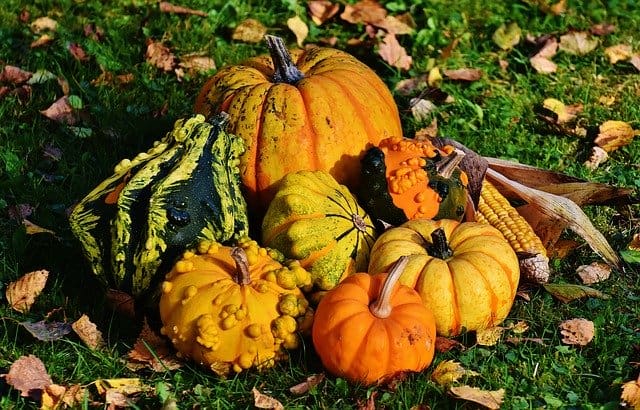
Finally, as you tackle all these chores, remember to take time to enjoy your garden. September is a beautiful month, where the garden shifts its wardrobe from lush greens to sultry shades of orange, yellow, and red.
Harvest Time: Enjoy the fruits of your labor by harvesting late-season crops like squash, pumpkins, and apples. Create delicious meals that celebrate the season.
Nature’s Beauty: Take time to stroll through your garden and appreciate the changing scenery. Capture this moment through photography or journaling.
Feeling gratitude for your garden’s bounty can lift your spirits, offering a fulfilling conclusion to this growing season.


